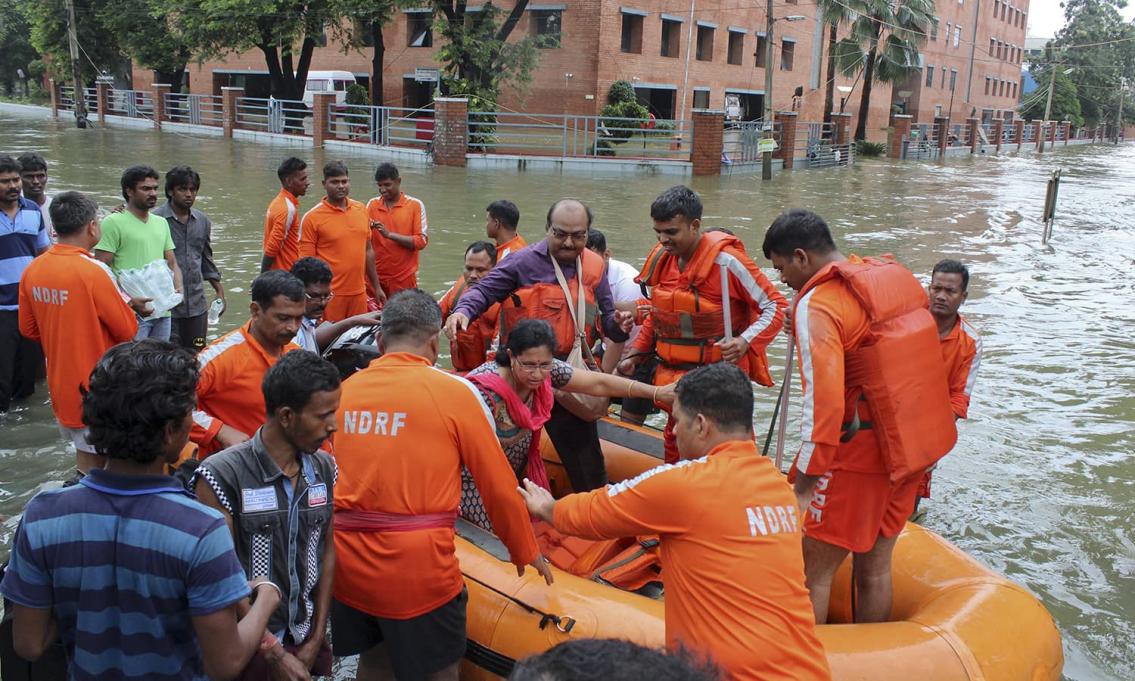How Can I Learn More About Satellite Data for Disaster Management?
In today's world, natural disasters are becoming increasingly frequent and severe. Satellite data plays a crucial role in disaster management, providing valuable information for preparedness, response, and recovery efforts. If you're interested in learning more about satellite data for disaster management, this article will provide you with a comprehensive overview of the topic.

Types Of Satellite Data Used In Disaster Management
- Optical Imagery: Optical imagery provides detailed visual information about the Earth's surface. It is used for damage assessment, land cover mapping, and monitoring environmental changes.
- Radar Imagery: Radar imagery is used to collect data in all weather conditions, day or night. It is particularly useful for flood monitoring, deforestation detection, and oil spill detection.
- Synthetic Aperture Radar (SAR) Data: SAR data is a type of radar imagery that can be used to create 3D images of the Earth's surface. It is used for oil spill detection, ice monitoring, and topographic mapping.
- Thermal Imagery: Thermal imagery measures the temperature of the Earth's surface. It is used for fire detection, volcanic activity monitoring, and land surface temperature mapping.
Sources Of Satellite Data For Disaster Management
- Government Agencies: Government agencies such as NASA, USGS, and ESA provide satellite data for disaster management. This data is often available free of charge or at a low cost.
- Commercial Satellite Data Providers: Commercial satellite data providers such as Planet Labs and Maxar Technologies offer high-resolution satellite imagery and data. This data is typically more expensive than government data.
- Open-source Satellite Data Platforms: Open-source satellite data platforms such as Google Earth Engine and Sentinel Hub provide access to a wide range of satellite data. This data is typically free of charge and easy to use.
Methods For Analyzing Satellite Data For Disaster Management
- Image Processing Techniques: Image processing techniques are used to enhance, classify, and analyze satellite imagery. These techniques can be used to identify damaged areas, estimate flood extent, and monitor deforestation.
- Machine Learning and Artificial Intelligence: Machine learning and AI techniques are used to automate the analysis of satellite data. These techniques can be used to detect damage, predict disasters, and make decisions in disaster response operations.
- Geospatial Analysis: Geospatial analysis techniques are used to analyze the spatial relationships between different types of data. These techniques can be used to assess risk, identify vulnerable areas, and plan evacuation routes.
Case Studies Of Satellite Data Applications In Disaster Management
- Example 1: Satellite data was used to assess the damage caused by Hurricane Katrina in 2005. The data was used to identify areas that were most severely affected and to prioritize救援 efforts.
- Example 2: Satellite data is used to develop early warning systems for natural disasters. These systems can provide valuable lead time for people to evacuate and prepare for an impending disaster.
- Example 3: Satellite data is used to support decision-making in disaster response operations. The data can be used to identify the best routes for救援 teams to take, to locate people who are trapped or missing, and to assess the extent of damage.
Satellite data is a valuable tool for disaster management. It can be used to improve preparedness, response, and recovery efforts. If you're interested in learning more about satellite data for disaster management, there are many resources available online and through educational institutions. By gaining a better understanding of satellite data, you can help to make a difference in the lives of those affected by natural disasters.
YesNo

Leave a Reply